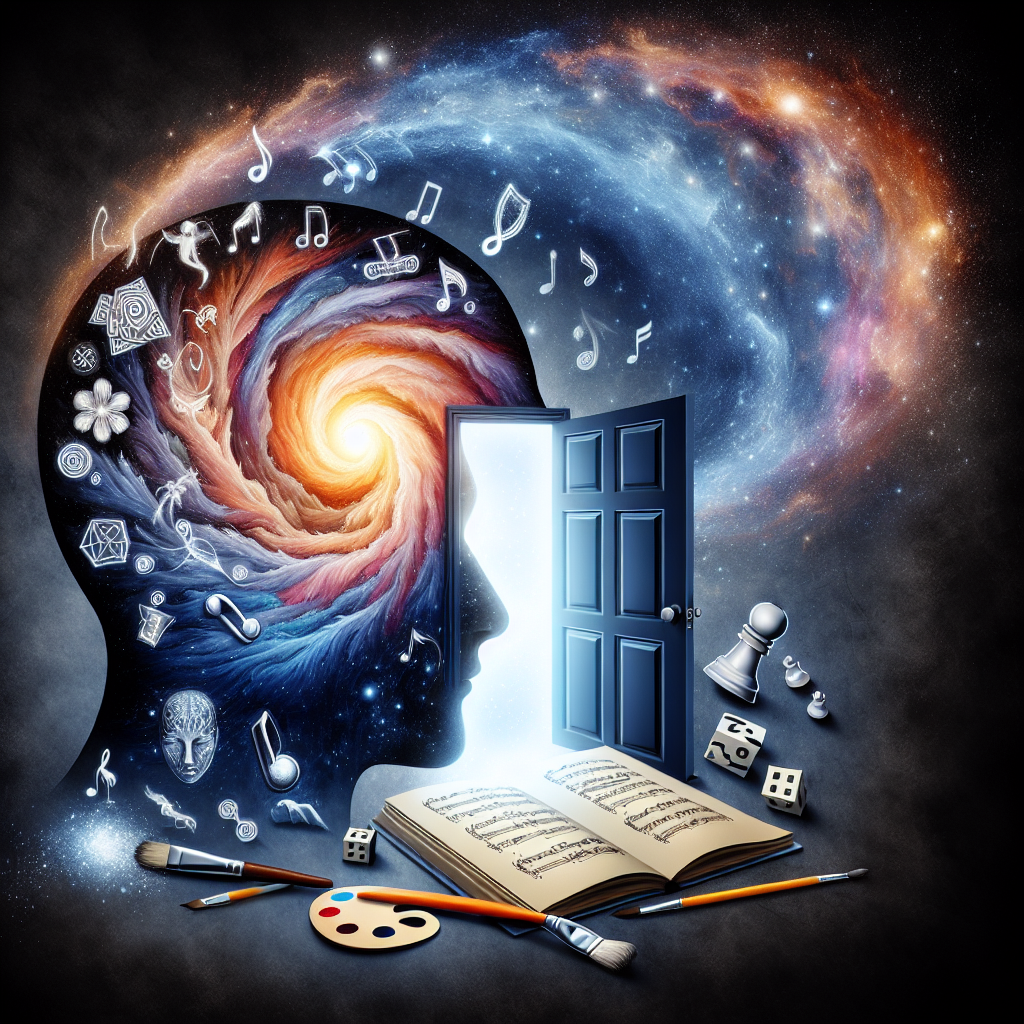
Introduction
In an era defined by rapid technological advancement and information overload, mastering the art of learning has never been more crucial. Whether you are a student striving for academic excellence or a professional aiming to enhance your skill set, understanding how to unlock your mind can dramatically influence your personal and professional growth. This guide to different learning styles and strategies explores the multifaceted nature of learning, offering tailored approaches that resonate with diverse mindsets. By the end of this article, you’ll discover how to strategically unlock your mind, engage your curiosity, and cultivate a deeper understanding of the world around you.
Understanding Learning Styles
The Concept of Learning Styles
Learning styles refer to the preferred ways in which individuals absorb, process, and retain information. While various models exist, one of the most recognized frameworks categorizes learners into four primary types: visual, auditory, reading/writing, and kinesthetic (VARK). Each style reflects unique preferences and strengths, and recognizing your own can help you unlock your mind and maximize your learning potential.
The VARK Framework
Visual Learners: These learners prefer using images, charts, and diagrams to comprehend information. For instance, a chart detailing the water cycle can be far more beneficial for them than a written description.
Auditory Learners: They thrive in environments where listening is involved. Lectures, discussions, and audiobooks are tools that help auditory learners unlock their minds.
Reading/Writing Learners: These individuals flourish with text-based input. They enjoy writing notes and reading extensively, leveraging resources like articles and books.
- Kinesthetic Learners: For kinesthetic learners, engaging in hands-on activities is key. Practical demonstrations and experiments help them grasp complex concepts.
Case Study: Diverse Classrooms
In a blended learning environment at a local high school, teachers implemented varied instructional strategies to meet students’ learning styles. By integrating visual aids, facilitating group discussions for auditory learners, offering comprehensive reading materials, and incorporating hands-on projects for kinesthetic students, the teachers observed a significant increase in student engagement and performance. This case illustrates not just the need for versatile teaching methods but also the power of recognizing and catering to diverse learning preferences.
Strategies to Unlock Your Mind
1. Embrace Multi-Sensory Learning
Using multiple senses can enhance retention. For example, supplementing reading with visual aids and discussions creates a richer learning experience.
| Learning Style | Strategy | Example |
|---|---|---|
| Visual | Diagrams and Charts | Flowcharts for project management |
| Auditory | Group Discussions | Peer-teaching sessions |
| Reading/Writing | Research Papers | Writing summaries of novels |
| Kinesthetic | Hands-On Activities | Science experiments in labs |
2. Set Clear Goals
Establishing short-term and long-term goals can inspire motivation. A study by the Dominican University found that writing down goals made individuals significantly more likely to achieve them.
3. Create an Engaging Learning Environment
A conducive environment can stimulate learning. Use bright visuals, organize study materials effectively, and minimize distractions to enhance focus.
4. Practice Active Learning
Engagement solidifies understanding. Techniques like summarizing what you’ve read, teaching others, or participating in discussions can significantly boost retention.
5. Use Technology
Leverage tools like educational apps and online courses to cater to your learning style. For instance, platforms like Khan Academy offer resources tailored to visual and auditory learners alike.
Adapting Strategies to Fit Learning Styles
Visual Learning Strategies
For visual learners, utilizing infographics and interactive presentations can facilitate understanding. Learning platforms increasingly offer visual content, making it easier to assimilate complex information.
Auditory Learning Strategies
Auditory learners can benefit from podcasts and auditory textbooks. Making recordings of notes or joining discussion groups amplifies their learning experience.
Reading/Writing Learning Strategies
Reading/writing learners should exploit written materials extensively. Keeping a learning journal where they process new information can help in solidifying their understanding.
Kinesthetic Learning Strategies
Kinesthetic learners can implement techniques like role-playing or real-world simulations in their studies. Research has shown that experiential learning has a lasting impact on memory retention.
Real-World Applications
Case Study: Corporates Adapting to Learning Styles
A multinational corporation recently revamped its training programs to incorporate different learning styles into its employee development sessions. They employed varied training techniques, including online modules, interactive workshops, and team-building exercises. As a result, employee satisfaction and retention rates increased by 30%.
This showcases the significance of adapting training methodologies to ensure everyone can unlock their minds and maximize their potential.
Overcoming Learning Barriers
Identifying and Conquering Obstacles
Every learner faces unique challenges. Understanding these barriers is crucial. For instance, auditory learners may struggle in overly quiet environments, while kinesthetic learners might find prolonged lectures tedious. Recognizing these barriers and actively seeking solutions can help unlock your mind more effectively.
Coping Strategies
- Self-Reflection: Take time to self-assess and identify your learning style, strengths, and weaknesses.
- Peer Feedback: Engage with peers to gain insights on what works for others and integrate those strategies into your learning.
- Emotional Health: Stress and anxiety can impact your ability to learn. Mindfulness, meditation, or relaxation techniques can be invaluable tools.
Conclusion
Unlocking your mind is an ongoing journey that requires self-awareness, adaptation, and openness to new strategies. By recognizing your learning style, you can form a personalized approach that not only enhances your understanding but also makes the learning process fulfilling and enjoyable. Remember, the key to success lies in a proactive approach to learning—embracing your unique preferences, leveraging effective strategies, and remaining committed to continuous growth.
As you embark on this journey of unlocking your mind, take the time to explore the educational resources available to you, connect with others, and adapt your learning methods to suit your needs.
FAQs
1. What are the different types of learning styles?
The primary types include visual, auditory, reading/writing, and kinesthetic learning styles, each reflecting different preferences for information processing.
2. How can I identify my learning style?
Reflect on how you prefer to learn. Engage in self-assessment quizzes available online to gain insights into your primary learning preferences.
3. Can I change my learning style?
While your primary learning style may remain stable, you can adapt and develop strategies that incorporate elements from other styles to enhance your learning experience.
4. Why is it important to understand learning styles?
Understanding learning styles allows for personalized and effective learning, enhancing retention and engagement.
5. What are some effective strategies to accommodate different learning styles?
Use a combination of visuals, discussions, written materials, and hands-on activities to cater to the diverse needs of learners.
By understanding and utilizing these insights into learning styles, you can truly unlock your mind, empowering yourself to explore, learn, and thrive in any domain.














